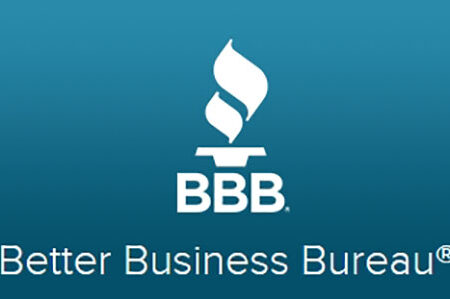Garden of Wisdom: The "Cabbage of Choice"
The “Cabbage of Choice”
I’m not sure if it’s just our growing area, but Ladner has what I would describe as an abundantly healthy population of Small White butterflies. So many so, that most years I don’t even bother growing Brassicas. The butterfly (Pieris rapae), lays a single tiny yellow egg on the underside of a Brassica leaf. The egg hatches and out comes a small, smooth, green caterpillar with an appetite for Brassicas. As it eats, the caterpillar grows in both size and rapacity, so what begins as a little bit of cosmetic damage can quickly become a ruined crop. In my experience, all Brassicas are tasty Brassicas for this little moth, too: Broccoli, cabbage, cauliflower, Brussels sprouts, kale…
The traditional organic approach to Small Whites is one of prevention. If you can prevent the moth from getting under the leaf to lay its eggs, it will simply move off to find another place to lay. Lightweight row cover is the most obvious barrier with which to protect your seedlings, and even your mature crop. But you can use any material or even screen with holes small enough to prevent the butterfly from accessing the bottom of the leaf.
If this still doesn’t do the trick, or if row cover won’t work in your situation, you can spray your crop with BTK – a bacteria that acts as a biological control. Small White caterpillars (and all other Lepidopterans) digest food in a unique way because their stomachs are base instead of acidic like most other organisms. When they eat BTK (Bacillus thuringiensis), they become unable to digest food, and they quickly starve to death. The downside to BTK is that you have to spray the whole plant, including the undersides of the leaves, and you have to do several applications. And while it is a naturally occurring organism that is not harmful to other insects, it is deadly to all moths and butterflies. I think of it as a last resort.
So this spring I had some spare room in our beds at the Holly Park Community Garden, and decided to do a side-by-side trial of our cabbages. I planted Early Jersey Wakefield, Super Red 80, Charmant, Redma, KY-Cross, Red Jewel, Pixie, and Copenhagen Market. These are all of the summer/fall harvest cabbages we have this year. I sowed the seeds directly into raised beds and applied some of the Gaia 4-4-4 organic fertilizer at seeding time. I have not fed them since, protected them with cloth, nor treated them with BTK.
Some of the cabbages are now beginning to head up, and are approaching harvest time, while others clearly need another month or two. But the really fascinating result for me is that the butterflies appear to prefer one variety over the rest! This comes as a total surprise. Then I heard someone in the community garden say, quite matter of factly, “Oh, the cabbage moth doesn’t eat red cabbage.” Really? Why have I never heard this before? Sure enough, there appears to be no damage whatsoever to any of the three red cabbage varieties.
Hands down, Pixie is the butterfly’s Cabbage of Choice. Others may show nibbling, but Pixie has huge holes drilled into it. I may be able to salvage one head out of the row for eating. In all the other rows of green cabbages, I may lose only one head to the caterpillars. It was suggested that one could grow a row of Pixie as a throw-away catch crop, to keep the caterpillars off your main cabbage rows. I think rather that I would recommend using row cover over Pixie, particularly.
Because many of the varieties are still maturing, I don’t have that much to add qualitatively yet. Hopefully by the end of the trial I can make better recommendations. For now, I continue to water the beds regularly and hand-pick any caterpillars I see. I’m very happy so far.
– Originally posted at www.gardenwisdom.ca






















